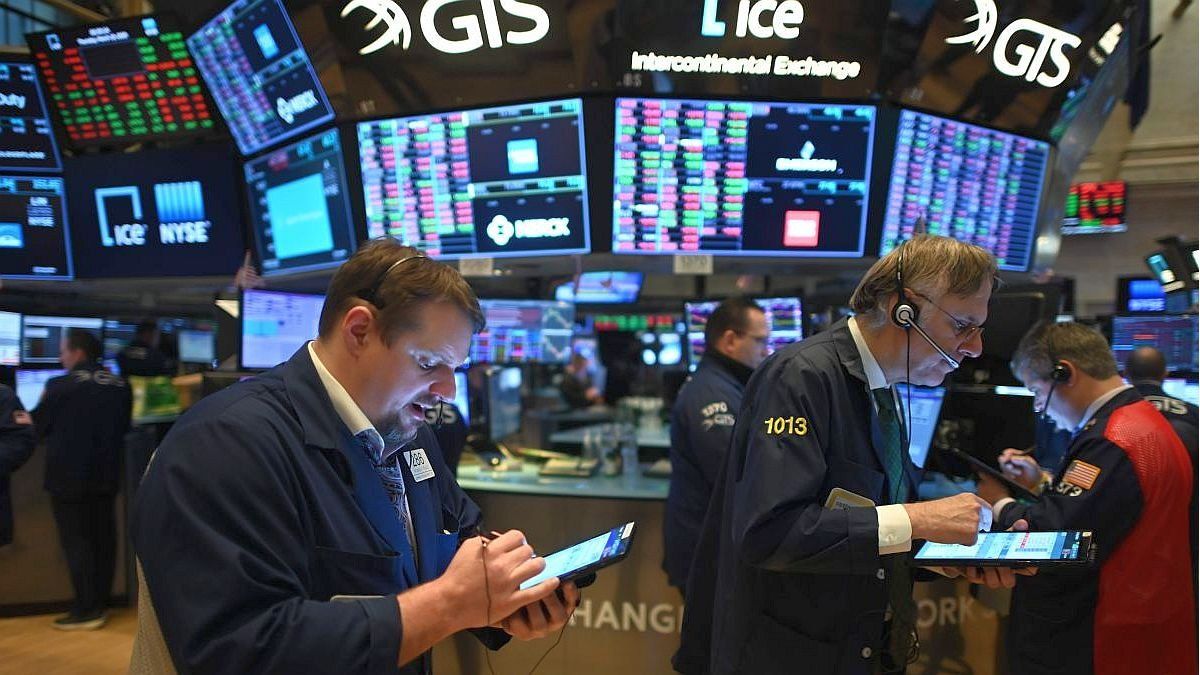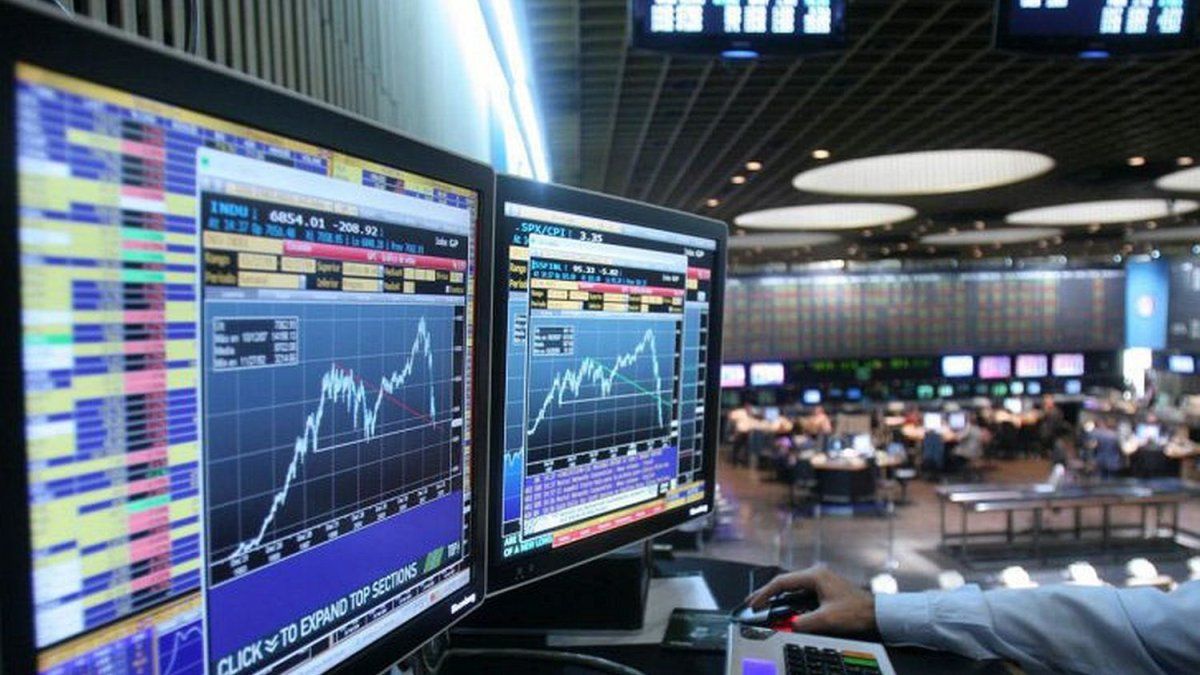After shooting up 6.1% in January, the S&P 500 fell 2.6% in February, affected by the prospect of a longer-than-expected period of monetary tightening when US economic activity shows no signs of slowing. At the same time the Dow Jones lost 4.2% and the Nasdaq 1%.
Still, all three indices are still positive in 2023. The Dow Jones gains 1.5% in the two-month period, while the broader S&P500 index rises 3.4% at the start of the year, while the technology indicator Nasdaq climbs 9.5% in 2023, according to data provided by the New York Stock Exchange (NYSE).
In the market, “there was no conviction or direction today,” said Steve Sosnick of Interactive Brokers. “We’ve spent the session hovering on balance,” he added. The hesitation was also blamed on it being the last day of February, a traditionally bad month for stocks.
“Markets remain volatile given the uncertainty about the impact of aggressive monetary tightening” imposed by the US Federal Reserve, analysts from the firm Charles Schwab said in a note.
“In many ways, the market expected things to move faster, forcing the Federal Reserve to pivot, or pause, or cut rates sooner than the Fed was saying,” said Johan Grahn, chief strategist for ETF markets at Allianz Investment Management.
Operators began to consider the possibility of a 50 basis point rate hike in MarchAlthough the odds remain low, around 23%, according to Federal Reserve Funds futures, which suggest rates will hit 5.4% in September, from 4.57% today. BofA Global Research warned that the Fed could even raise interest rates to almost 6%.
Source: Ambito
I am a 24-year-old writer and journalist who has been working in the news industry for the past two years. I write primarily about market news, so if you’re looking for insights into what’s going on in the stock market or economic indicators, you’ve come to the right place. I also dabble in writing articles on lifestyle trends and pop culture news.




